Vietnam Launches Ambitious Economic Overhaul to Become Asia’s Next Tiger Economy
Vietnam has launched an ambitious reform plan to become a high-income “tiger economy” by 2045, focusing on high-tech industries, private sector growth, infrastructure, and climate resilience amid trade tensions, aging demographics, and institutional challenges.
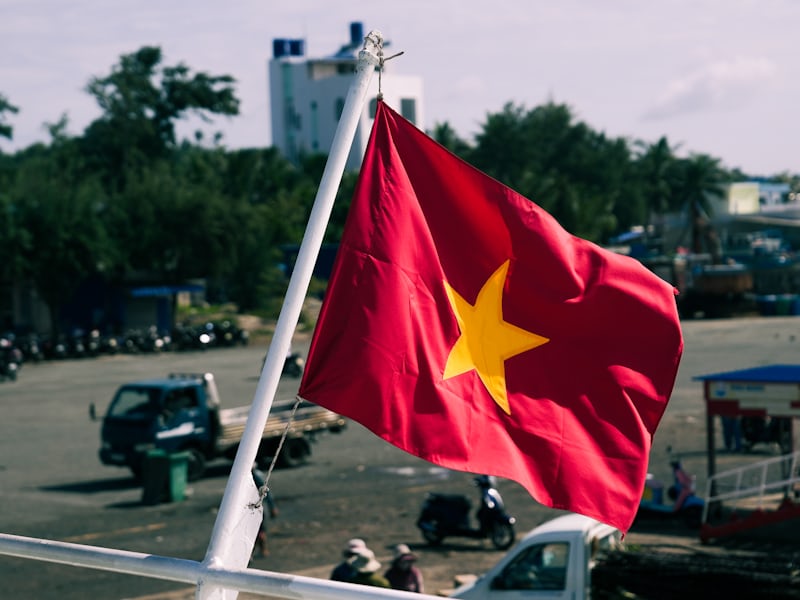 photo of sea, vietnam, flag, and car in Vietnam by Hưng Phạm (@seoling)
photo of sea, vietnam, flag, and car in Vietnam by Hưng Phạm (@seoling)Beneath red banners and a gold bust of revolutionary leader Ho Chi Minh in Hanoi’s central party school, Communist Party chief To Lam declared the arrival of “a new era of development” late last year, signaling the start of what could be Vietnam’s most ambitious economic overhaul in decades. The country aims to become a high-income nation by 2045 and join the ranks of Asia’s “tiger economies,” following the paths of South Korea and Taiwan.
The plan comes amid significant challenges, including the need for sweeping reforms, an aging population, climate threats, and outdated institutions. Vietnam’s rapid rise from an average annual income of \$1,200 in 1990 to \$16,385 today has been driven by its transformation into a global manufacturing hub, lifting millions out of poverty. However, the low-cost, export-led boom is slowing, prompting a pivot toward high-tech industries, green energy, and expanded private enterprise.

U.S.-China trade tensions have boosted investment, making the U.S. Vietnam’s largest export market. In 2024, Vietnam recorded a \$123.5 billion trade surplus with the U.S., prompting President Donald Trump to threaten a 46% import tax on Vietnamese goods before both sides agreed to a 20% levy, with higher rates for suspected transshipments. Negotiations also raised questions over Chinese content in exports and how it will be taxed.
Aware of the “middle-income trap” that can stall economies without reform, Vietnam is diversifying beyond low-cost exports. Drawing lessons from other Asian economies, it is investing in high-tech sectors such as semiconductors, artificial intelligence, and renewable energy, backed by tax breaks and research funding in major cities. Infrastructure plans include civilian nuclear plants and a \$67 billion North–South high-speed railway cutting travel time between Hanoi and Ho Chi Minh City to eight hours.
The government also aims to turn Ho Chi Minh City and Danang into global financial centers, offering simplified regulations, tax incentives, fintech support, and streamlined dispute resolution. Structural reforms are underway, with ministries merging, bureaucratic layers cut, and Vietnam’s 63 provinces set to be consolidated into 34 to create stronger regional economies.
In May, the Communist Party passed Resolution 68, naming private businesses as the “most important force” in the economy. This marks a shift from reliance on state-owned enterprises and foreign companies, as private firms will gain easier loan access, priority in government contracts, and opportunities to bid on mega-projects like the high-speed rail. The goal is to elevate at least 20 private companies to global status by 2030, although political resistance from state-owned enterprise stakeholders remains a risk.
Climate threats are urgent, with Typhoon Yagi last year causing \$1.6 billion in damage, shaving 0.15% off GDP, and battering factories that produce nearly half of Vietnam’s output. The World Bank warns that without decisive climate action, Vietnam could lose up to 14.5% of GDP annually by 2050 and see one million people fall into extreme poverty by 2030. Some companies, such as DEEP C Industrial Zones, are already redesigning flood resilience plans to protect investments.
Demographic pressures add to the challenge. Vietnam’s “golden population” window will close by 2039, with the labor force peaking in 2042. This could reduce productivity and strain social services, particularly as families—especially women—remain the primary caregivers. The government is working to expand preventive healthcare, raise the retirement age, and bring more women into the formal workforce to sustain economic momentum.
Despite the obstacles, Vietnam’s leadership insists the country is in a pivotal moment that demands rapid action to secure its place among Asia’s economic powers.












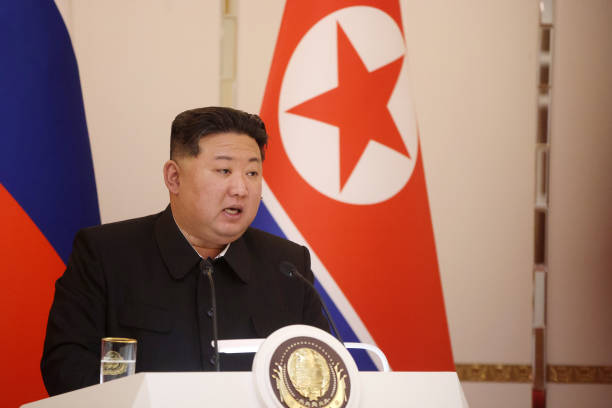
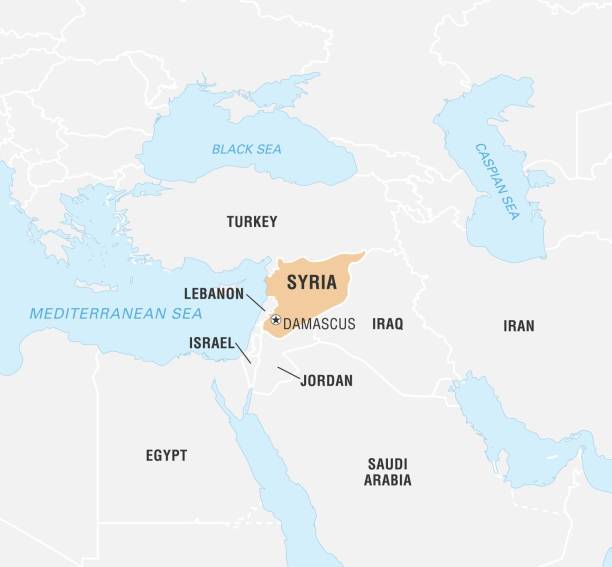
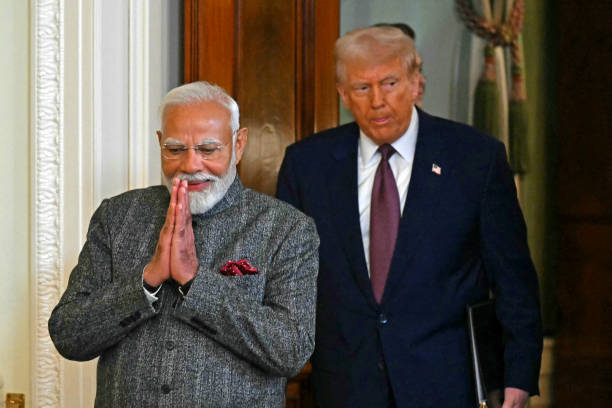
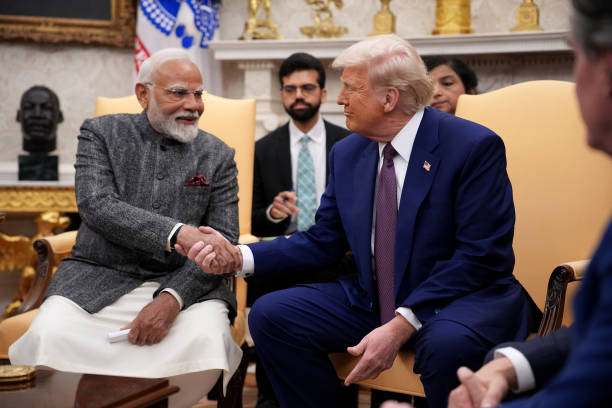
Conversation